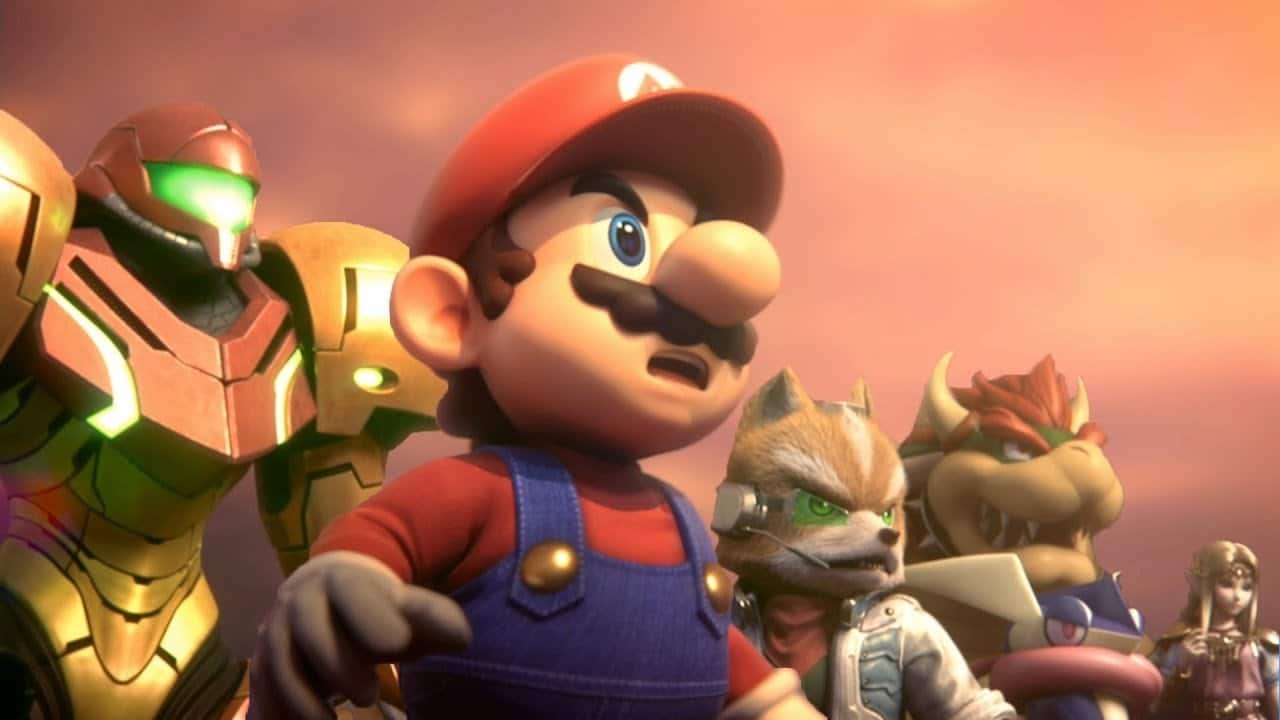
Summary:
Nintendo’s recent release of new Community Tournament Guidelines, set to take effect on November 15th, 2023, has sparked significant controversy within the competitive gaming community. While some of these guidelines may appear standard, they have come under intense scrutiny for being overly restrictive, potentially hindering the ability to run community tournaments. This article dives deep into the specifics of these guidelines, highlighting key areas of criticism, such as participant limits, fee regulations, prize money restrictions, and more. We also explore Nintendo’s turbulent history with the competitive gaming scene and examine the potential consequences of these regulations. Stay informed about the evolving landscape of competitive gaming with our comprehensive analysis.
Controversial Community Tournament Guidelines
Nintendo, a titan in the world of gaming, has always maintained a complex relationship with its competitive gaming scene. The recent release of new Community Tournament Guidelines, scheduled to be enforced starting November 15th, 2023, has only intensified this complexity. While Nintendo’s intentions might be to maintain control and integrity in their competitive gaming environment, these guidelines have come under fire for their perceived severity. In this article, we dissect these guidelines, explore their implications, and analyze how they might affect the future of competitive gaming within the Nintendo ecosystem.
Nintendo’s guidelines, in essence, lay out the rules and regulations for community-run tournaments using their games. These guidelines touch on various aspects of tournament organization, from participant limits to financial considerations. Let’s delve into some of the key areas of concern:
Effective Date: November 15th, 2023
The new guidelines are slated to take effect on November 15th, 2023, giving tournament organizers a limited window to adjust their plans. This date looms large in the minds of the competitive gaming community, as they anticipate how these changes will impact their events.
The heart of the controversy lies in the guidelines’ perceived restrictiveness. Many tournament organizers and fans argue that these rules stifle the vibrant community-run tournament scene that has developed around Nintendo’s games.
Participant Limits
One contentious point is the strict limit on the number of participants, capped at 200 for in-person events and 300 for online tournaments. This limitation could significantly impact the size and scale of events.
Nintendo mandates caps on spectator and entry ticket fees, stipulating that they cannot exceed the amount required to organize the tournament or provide prize money. While this aims to prevent exploitation, some argue that it hinders the financial viability of tournaments.
The guidelines impose restrictions on the value of tournament prizes and how fees collected can be used for them. These limitations raise concerns about the attractiveness of tournaments for competitive players.
Third-Party Sponsorships Ban
One of the more surprising restrictions is the ban on third-party sponsorships. This directly impacts the ability of tournaments to secure outside support, potentially affecting their sustainability.
Another unusual regulation prohibits the sale of food and drink in venues with spectators. This raises questions about the comfort and experience of tournament attendees.
Perhaps the most symbolic restriction is the prohibition on using the game’s name in the tournament title. For example, a tournament cannot be named Splatoon 3 Championship.This challenges the branding and recognition of events.
Nintendo’s Competitive Gaming History
To understand the backlash to these guidelines, it’s essential to recognize Nintendo’s history with the competitive gaming scene. Nintendo has often been viewed as taking a hands-off approach to competitive gaming, leading to a complex and sometimes strained relationship with the esports community.
Impact on Tournament Organizers:
These guidelines significantly impact tournament organizers, who now face the challenge of navigating these new rules while striving to maintain the vibrancy of their events.
The competitive gaming community’s reactions to these guidelines have been mixed, with many expressing concerns about the future of community-run tournaments and the competitive scene at large.
Future of Nintendo’s Competitive Scene
As the November 15th, 2023 deadline approaches, all eyes are on Nintendo to see how they respond to the backlash. The gaming world eagerly anticipates whether these regulations will undergo adjustments in response to the concerns raised.
Conclusion
In conclusion, Nintendo’s new Community Tournament Guidelines have ignited a firestorm of controversy in the competitive gaming community. With their stringent restrictions on participant numbers, fees, prizes, and more, these guidelines have raised concerns about the future of community-run tournaments. Nintendo’s rocky history with the competitive scene further complicates the situation. As the November 15th, 2023 deadline approaches, the gaming world watches closely to see how Nintendo responds to the backlash and whether these regulations will stand.
FAQs
- Q1: What are the main criticisms of Nintendo’s new tournament guidelines?
- A1: The main criticisms revolve around the perceived restrictiveness of the guidelines, including strict participant limits, fee regulations, prize money restrictions, and bans on third-party sponsorships, food, and drink sales, and the use of the game’s name in tournament titles.
- Q2: How do these guidelines affect tournament organizers?
- A2: Tournament organizers face challenges in adapting to these new rules while trying to maintain the vibrancy and financial viability of their events. The guidelines impose caps on fees and restrictions on prize money use, impacting the organizers’ ability to sustain their tournaments.
- Q3: Can Nintendo’s restrictions be adjusted in the future?
- A3: It remains to be seen if Nintendo will adjust these guidelines in response to the backlash. As the effective date of November 15th, 2023 approaches, the gaming community eagerly awaits further developments.
- Q4: What is Nintendo’s history with competitive gaming?
- A4: Nintendo has historically maintained a complex relationship with competitive gaming, often taking a hands-off approach. This history has contributed to the controversy surrounding the new guidelines.
- Q5: How are competitive gamers reacting to these new guidelines?
- A5: Reactions from the competitive gaming community are mixed, with many expressing concerns about the future of community-run tournaments and the competitive gaming scene as a whole. Some are awaiting further clarification from Nintendo regarding these guidelines.













